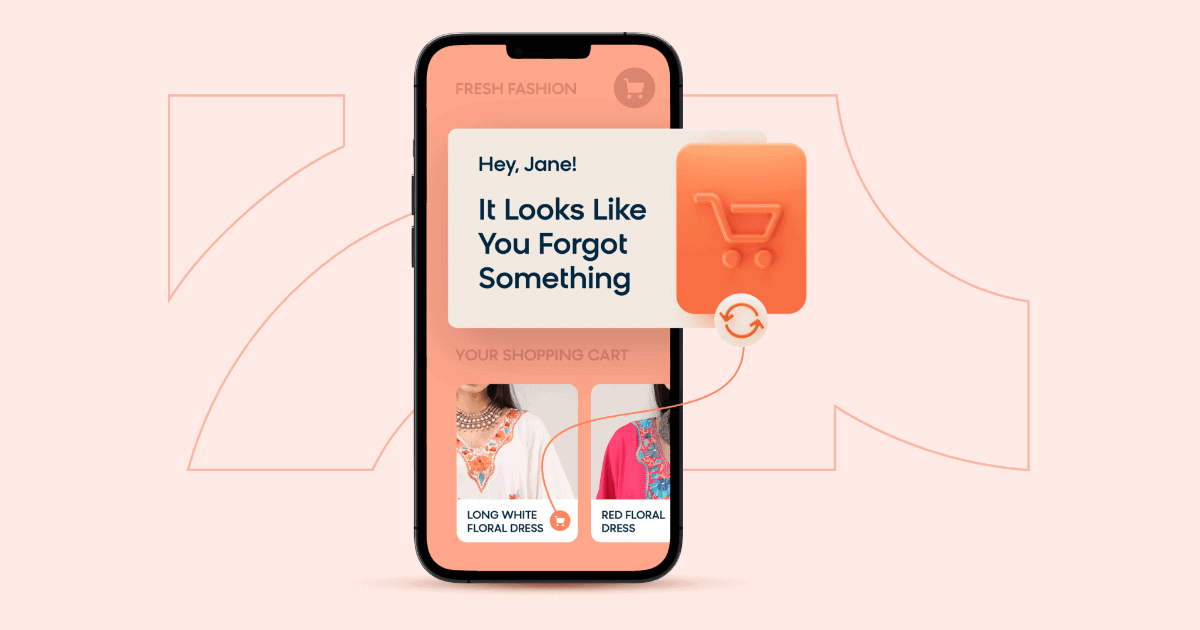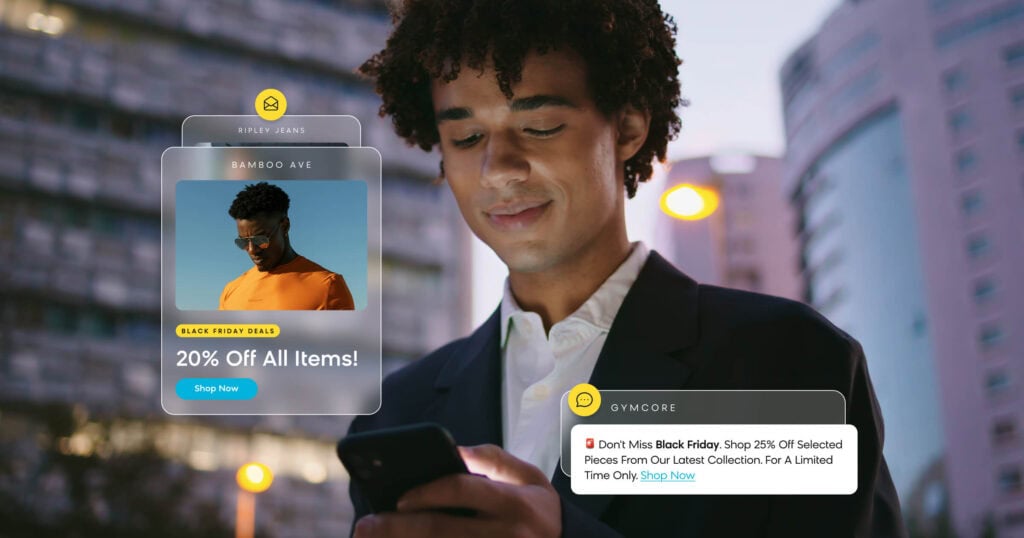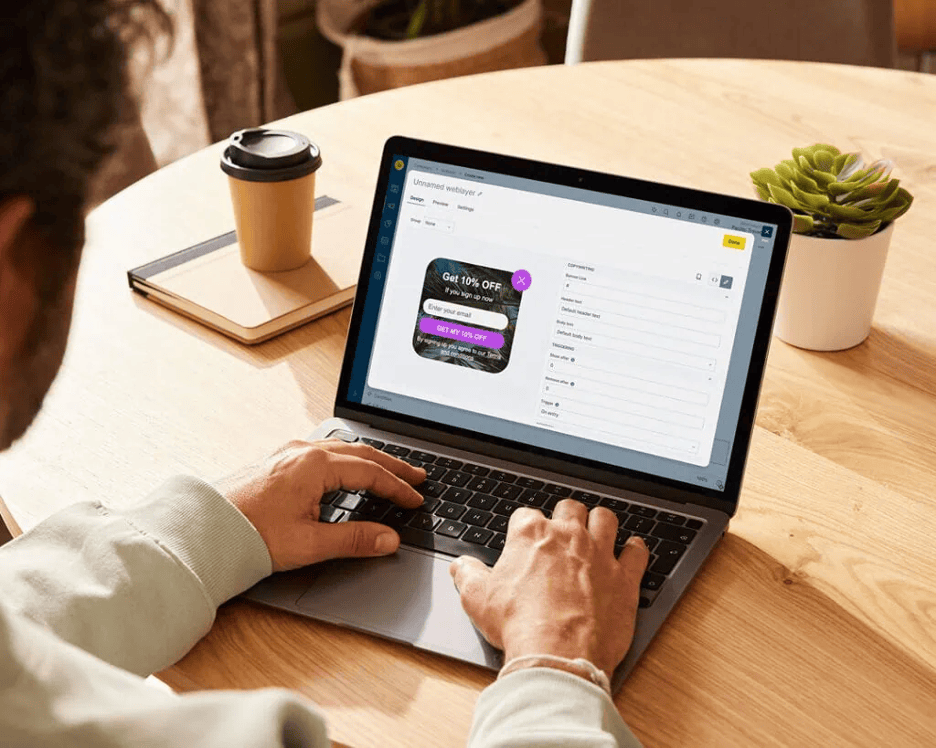Introduction
Reengagement marketing campaigns are an effective strategy for brands looking to reconnect with inactive subscribers or customers. These campaigns typically involve sending a reengagement email or series of emails aimed at enticing these individuals to reengage with the brand. Reengagement campaigns can be especially valuable for businesses that rely on repeat purchases or ongoing customer engagement to drive revenue.
The key to a successful reengagement campaign is crafting compelling engagement email examples and subject lines that grab the attention of inactive customers and encourage them to take action. The first step in any reengagement campaign is identifying which subscribers or customers are inactive. This can be done using metrics like email open rates, click-through rates, and purchase history.
Once you’ve identified your inactive subscribers or customers, it’s time to create a reengagement email campaign designed to win them back. This campaign might include a series of reengagement emails sent over several weeks or months, each with a different message and call-to-action.
Engagement email subject lines are critical to the success of a reengagement campaign. They should be attention-grabbing and personalized to the individual recipient. Examples of effective subject lines include “we miss you,” “it’s been a while,” “come back and save,” or “we want you back.”
Reengagement email campaigns can also include offers or incentives to encourage inactive subscribers to reengage. For example, a discount or free trial may be offered to entice subscribers to return to the brand.
In addition to reengaging inactive subscribers, reengagement campaigns can help improve overall email engagement rates. By regularly cleaning up email lists and removing inactive subscribers, brands can improve email deliverability and open rates.
With ad budgets, customer spending, and even marketing headcount tightening up in preparation for an uncertain economic future, it’s time to start thinking about your inactive subscriber base and consider reengaging subscribers wherever possible.
As consumers spend less with rising inflation and businesses brace for a possible global economic downturn, marketers need to focus on the KPIs that matter most. And for many, that means pointing all their efforts towards a more efficient customer acquisition cost.
Customer acquisition cost (CAC) is a metric that business leaders hold in high regard, and rightly so. The problem is, hitting your ideal CAC isn’t getting any easier to achieve in an economic slump.
CAC is calculated by dividing the total sales and marketing costs that it takes to acquire customers by the total number of customers acquired over a given time. Essentially, it tells you how much your business has to spend to get a new customer.
While this calculation is vital for planning and enabling business growth, it’s a number that is steadily going up across all industries and verticals. Both B2B and B2C businesses have seen CAC rise by roughly 60% over the last five years, and this trend shows no sign of slowing down.
So, what can businesses do to weather uncertain times and make the most of their marketing efforts? The answer is simple: Double down on the strategies that are proven to get the most ROI. And nothing performs better than reengagement campaigns.
Leverage Your Existing Customers With Reengagement
The main reason that reengagement campaigns work so well is because customer retention is much easier to achieve than customer acquisition. Once a shopper becomes a customer, your job as a marketer gets much less challenging.
With a previous customer, you’re marketing to an audience that has already proven interest with your business. The hard part is over — they’ve visited your site, they know what you offer, and you already have valuable customer data that can inform their next interaction with your brand.
Not enough businesses concentrate on retention, instead opting for CAC as the end all and be all of their efforts. But focusing more on customer retention is a straightforward shift in thinking that can have a huge impact, and the numbers back it up:
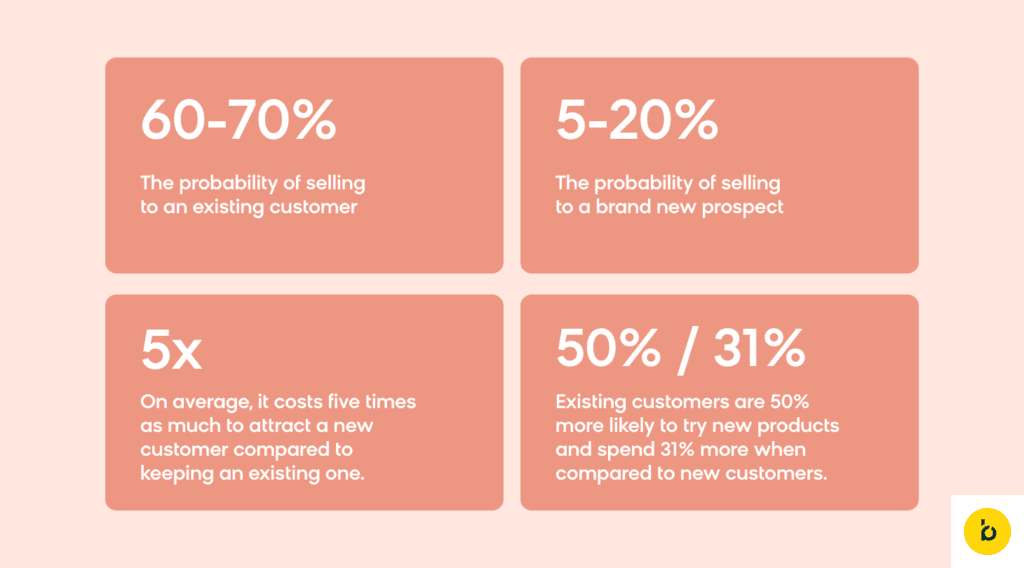
When you prioritize reengagement and optimize your efforts to make truly powerful, personal experiences, your entire marketing strategy can be fine-tuned for better ROI.
Optimizing the Essential Reengagement Campaigns
While many businesses still haven’t grasped just how meaningful reengagement is to their overall revenue, most have basic reengagement campaigns in place. Strategies like abandoned cart emails, back-in-stock eblasts, low inventory alerts, and loyalty campaigns are par for the course in a majority of marketing plans because they’re reliable, simple, and cost effective.
But brands can do much more with these valuable tools. You shouldn’t settle for adequate results from re-engagement efforts when they have the potential to be your highest revenue-driving campaigns. The difference between typical marketing and optimized strategies can make all the difference, and that comes down to personalization.
When you personalize your re-engagement campaigns and truly activate your customer data, you can boost all the KPIs you care most about — especially your bottom line.
Here’s how you can make your best re-engagement campaigns even better.
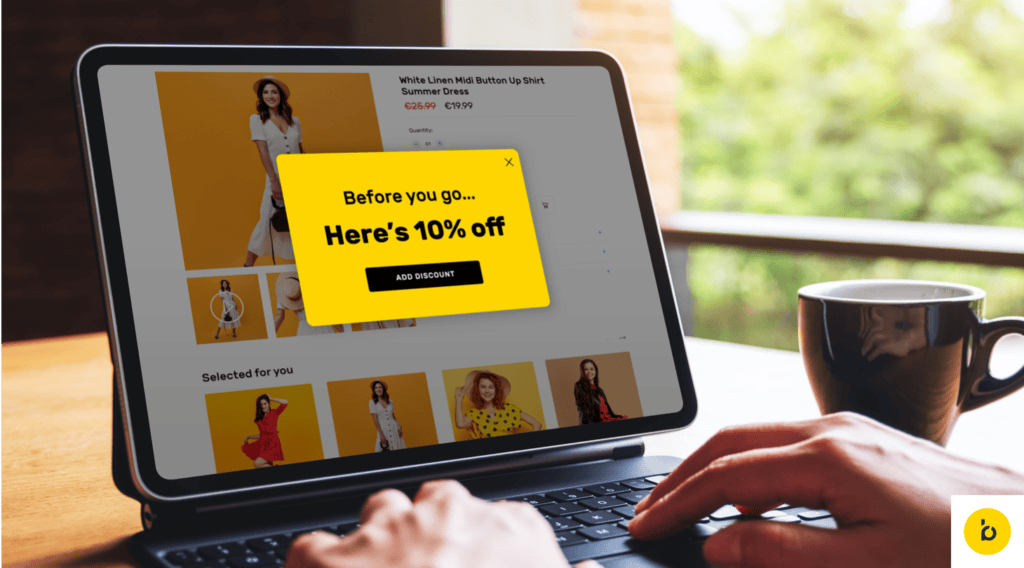
Building Better Abandoned Cart Campaigns
Abandoned cart emails are a marketer’s best friend. They help solve a big problem for ecommerce businesses in an uncomplicated and impactful way, and even when they’re built with the bare minimum of effort, they reach an already interested audience with an actionable message.
The average cart abandonment rate is just shy of 70%, which means more often than not, customers who shop around your site and pick out potential items aren’t completing a purchase. And this sky-high number equates to a big chunk of lost revenue. According to Forrester research, abandoned carts cost ecommerce brands a whooping $18 billion in sales per year.
Thankfully, abandoned cart emails are an extremely effective way to address that deficit. Abandoned cart email open rates have consistently been around 43% since 2016, making them one of the most dependable tools in a marketer’s toolbox.
Typical Abandoned Cart Campaigns
Abandoned cart campaigns tend to follow a tried-and-true formula: Target customers who shopped around on your site, but clicked away and left their cart without completing a purchase. Typical reengagement emails simply email shoppers the cart they abandoned.
The problem is, this technique is lacking a personal touch. It’s not fully using the customer data that these would-be customers provided to your business. They have already visited your site and given you insights into their preferences, motivations, and pain points.
Knowing your shoppers’ initial reasons for seeking out items and why they ultimately abandoned their cart is all crucial information that your reengagements can use.
Optimized Abandoned Cart Campaigns
When you know the path your shoppers took to get to their cart and the reasons behind their choice to click away, you can speak directly to each individual user, get them back on site, and inspire them to complete their purchase.
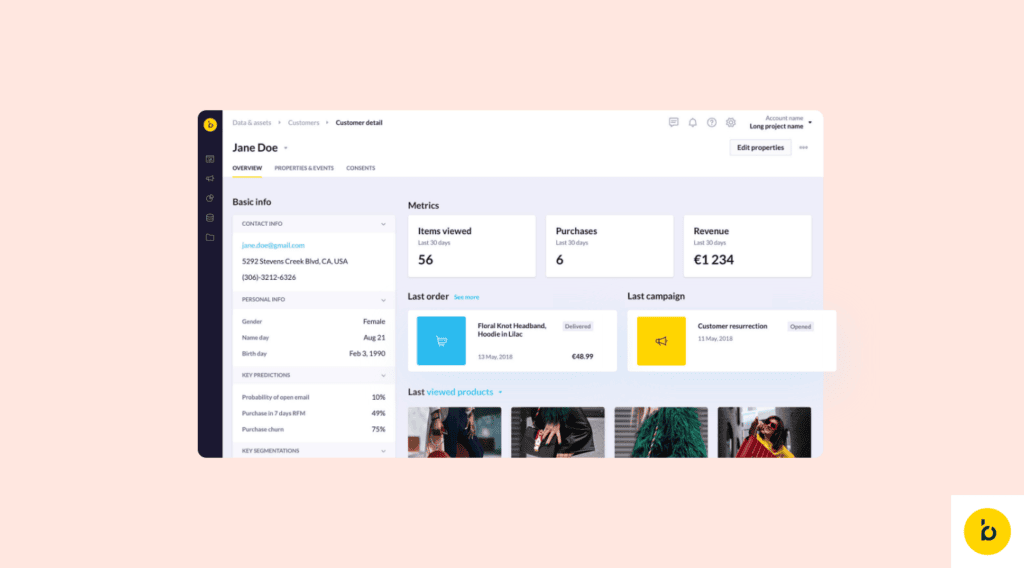
It’s all about building more personalized emails, which requires much more than adding a recipient’s first name to the subject line. For instance, if a shopper took the time to read detailed product information and compare several products, you can include customer reviews of relevant items in your abandoned cart emails.
If your customer shows an affinity for lower-priced items and bargains, you can highlight reasonable shipping options or employ an A/B test to see if they are more likely to convert with free shipping or a discount — especially if you have a deal that suits them, such as “free shipping over $50.”
If they researched and sought out more information on a particular product, directing them to a blog about practical uses of that product — like a how-to guide or a lookbook — can be a great incentive.
The indispensable ingredient in all of these tactics is a deep understanding of your customer and product data. You need a comprehensive view of your shoppers, your merchandise, and the interactions they’ve already had to create the best path to purchase for your abandoned cart campaigns.
You need to chart a user’s journey on-site via web cookies and identify that they have an open cart, but haven’t completed a purchase. You need to be aware of the emails they’ve already received from your CRM, as well as their email open history, so you can send a message when they are most likely to engage. And you need real-time access to your product catalog to ensure your abandoned cart emails only highlight in-stock items. It’s all relevant data that needs to play a role in crafting your abandoned cart campaigns.
By building out your emails with more data-driven and tailored content, you offer a more personalized customer experience that shoppers want to interact with. That’s the difference between a typical and an optimized abandoned cart campaign, and it’s the key to capturing even more revenue from one of ecommerce’s most reliable marketing tools.
Building Better Back-in-Stock Campaigns
Back-in-stock alerts are another straightforward campaign tactic that many businesses use to drive reengagement, and the reason they work so well is obvious: They highlight products that were so popular, they sold out.
So when businesses alert their customers that their stock is once again available, they naturally produce great results.
On average, back-in-stock emails generate a 65% open rate, and the resulting conversion rates are some of the most impressive of any campaign type, clocking in at nearly 15%.
Typical Back-in-Stock Campaigns
General back-in-stock emails are like an email shotgun blast when there’s no personalization in place.
Their blueprint typically highlights some in-demand items that many consumers showed an interest in that are now back in stock and available for purchase, such as previous bestsellers or trending products — not necessarily ones that the email recipient sought out in the past or wanted to purchase.
It’s this lack of direct connection to users that limits how effective a back-in-stock eblast can be. But with a more personalized approach, you can reengage with shoppers on an individual level, speak directly to their needs, and drive even more conversions.
Optimized Back-in-Stock Campaigns
Setting up automatic email notifications that let customers know a specific product they were interested in is available again is the ideal format for back-in-stock campaigns. And to achieve this level of personalization, you need your customer data and product data to align with intelligent marketing automation.
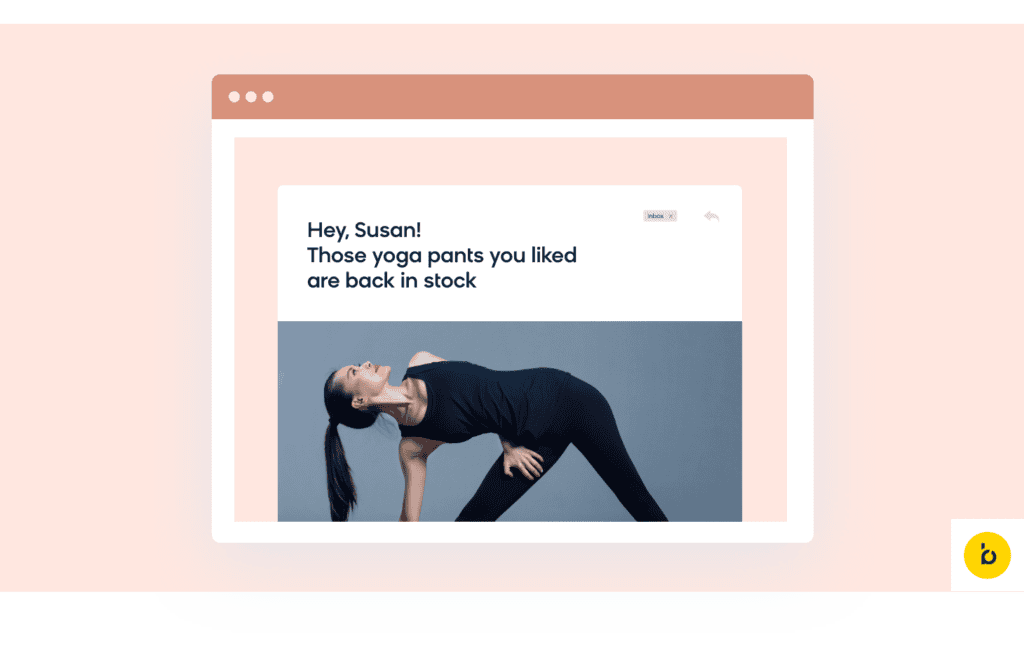
Why do you need automation? Because effective back-in-stock campaigns require data that is constantly refreshed and interconnected. Knowing the products that your shoppers viewed on your site, connecting that data with their customer account in your ecommerce system, and syncing it all with up-to-date product information from your warehouse management system is necessary to execute great campaigns.
But you need more than just access to real-time data across your business. You need intelligent automation that matches products with customers instantly, creating conversion opportunities as soon as they are available.
Having automation in place that regularly checks whether an item goes back in stock, and then notifies your customers with a personalized message when it’s available, offers a level of marketing precision that an eblast can’t hope to come close to. Plus, it spares your customers the hassle of constantly checking for updated inventory, which builds customer satisfaction and brand loyalty.
It all boils down to connecting shoppers with the right items at the right time, which is best achieved with an automated marketing solution.
With a fully automated campaign in place, you don’t need to guess with big, broad back-in-stock campaigns. You can create a customer experience that triggers actionable communication with your shopper, streamlining purchases and boosting revenue.
Building Better Low-inventory Campaigns
Like back-in-stock campaigns, low-inventory campaigns work best as triggered marketing efforts.
Triggered campaigns drive 24x more revenue per send than batch-and-blast emails like newsletters or one-off promotions. Plus, they have twice as many open rates and click-through rates.
Eye-popping stats like these prove how important automation can be in your overall strategy, especially for time-sensitive messaging like low-inventory campaigns. Getting the most out of your triggered marketing tactics can mean the difference between customers clicking away or converting.
Typical Low-inventory Campaigns
Conventional low-inventory reengagement emails typically rely on short, sharp messaging to create a sense of immediacy with phrases like “low stock,” “better hurry,” and “don’t miss out.”
But if you’re trying to reengage with your shoppers via email, there’s a serious danger of lag time between customers receiving your message and their ability to act quickly enough to take advantage of the alert.
If a customer doesn’t see that there is a low-stock alert on an item they’re interested in until hours later, they could end up visiting your site to find the product already sold out. This creates a frustrating gap between your marketing efforts and customer satisfaction — a lose-lose scenario for both you and your customer.
Optimized Low-inventory Campaigns
When you want to highlight low inventory and create a greater sense of urgency for customers, you need a more immediate tool than email. You have to capture clicks while shoppers are still on-site, which is where on-site banners can play a pivotal role.
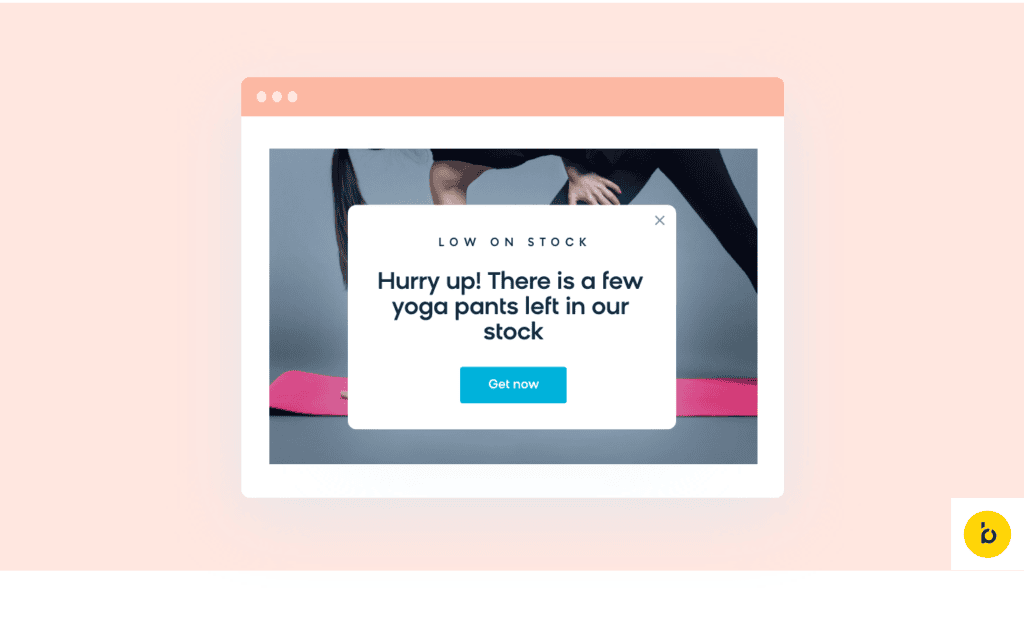
By serving low-inventory alerts in the form of an on-site banner, you can notify shoppers about low-stock items while they’re shopping, which is exactly when they are most receptive to the fear of missing out.
Powering your efforts with meaningful data like a user’s in-session behavior, relevant product details, and your business’ most up-to-date inventory information is the only way to make these time-sensitive tactics reach their true potential. You need to process all these data points in real time and deploy them on whichever channel is best suited for customer engagement.
To do this, omnichannel orchestration is a must. It helps your marketing team easily design end-to-end journeys for your customers, using automation to present the right message to the right customer at the right time.
Whether it’s an email, a site banner, or an in-app notification, you can tailor every aspect of the customer journey, bridging the gap between your customers and the messaging that matters most to their individual needs.
Building Better Loyalty Campaigns
For brands looking to reengage with existing customers, a loyalty program is a must-have for your marketing strategy. They incentivize your customer base, offer more ways to interact with your business, and provide a clear opt-in opportunity to exchange customer data for more rewards and brand experiences.
Not only are they effective, they are expected from your customers. 72% of US adults belong to at least one loyalty program, and 58.7% of users cited earning rewards or loyalty points as one the most valued aspects of the retail shopping experience.
Whether you offer a points-based program that can be redeemed for discounts or a tiered system that rewards more lifetime spend, loyalty programs can play a pivotal role in keeping customers active, engaged, and faithful to your business.
Typical Loyalty Programs
In this day and age, even a “typical” loyalty program has to step up its game in order to engage with customers. Imagine a hybrid-style program that mixes “earn and burn” point mechanics with a tiered system. Points can be used on coupons of various sizes, while higher tier levels unlock additional benefits, like birthday rewards, access to double point campaigns, and free shipping.
While this kind of loyalty program can no doubt be popular among existing customers and can drive average order value (AOV) and purchase frequency to some degree, it’s not unique and enticing enough to make a brand stand out. Not to mention that the competition can easily copy the formula and offer bigger coupons, which could potentially win over a sizable chunk of the community.
Optimized Loyalty Programs
In order to be a true differentiator, a loyalty program has to innovate on multiple fronts. And to do this, you need to weave together a host of data points. Businesses have to identify and track loyalty IDs, incorporate purchase history data from their ecommerce platform, and align it all with their email service provider to make loyalty campaigns so personalized that they stand out from the crowd.
But that’s just the baseline requirements — to be innovative, you need to think beyond shipping discounts and accrued sales points for your loyalty offerings.
For instance, loyalty programs should gamify the reward experience using prize wheels, use online treasure hunts to promote product discoveries, and have a badge/challenge system to encourage useful actions that aren’t strictly transactional, like downloading an app or signing in regularly. In addition, next-gen loyalty programs should have a list of more experiential benefits, such as early access to upcoming products, branded merchandise, and access to VIP customer service.
By going the extra mile, more optimal loyalty programs ensure that their brand is the first choice in the customers’ minds whenever they plan to make a purchase. Besides gamification and experiential rewards, similar results can be achieved by rewarding customers for their active lifestyles, eco-friendliness, and sustainable attitude.
Get More From Your Reengagement Campaigns With Personalization
For businesses preparing for trying times in an uncertain economy, it’s important to consider your existing customer base as an opportune audience that deserves your attention. Leveraging existing customers through reengagement campaigns is a proven tactic for boosting clicks, conversions, and most importantly, revenue.
But it’s not enough to simply set and forget about valuable tools like abandoned cart emails, back-in-stock messages, low inventory alerts, and loyalty programs. You need the right marketing tool in place — one that unifies your data, automates your campaigns, and brings your channels together in one easy-to-use platform — to create re-engagement campaigns that go above and beyond with powerful, personalized customer experiences.
Want to Learn More About Optimized Reengagement Campaigns?
Check out our key use cases, which detail how personalized reengagement campaigns can produce game-changing results for your customers and bottom line.
Read The Use Cases
